Stop the Lag! Master DaVinci Resolve Proxies for Smooth Editing (Fast!)
Ever fired up DaVinci Resolve, excited to edit that gorgeous new 6K footage, only to have your laptop scream like a jet engine and your timeline stutter like a slideshow? Yeah, I’ve been there too. When high-resolution media brings your editing system to its knees, it’s time to embrace the magic of proxies.
While there are several ways to create them, today I want to focus on a fantastic little tool that probably snuck onto your computer when you installed Resolve: the Blackmagic Proxy Generator. Think of it as a tiny, loyal helper quietly working in the background.
If you’re wondering what all the fuss is about, let’s break it down.
What Exactly Are Proxies?
Simply put, proxies are low-resolution, lightweight copies of your original high-resolution camera footage. Editing with these smaller files instead of the heavy originals offers huge advantages:
- Smoother Playback: No more choppy previews.
- Faster Scrubbing: Zip through your timeline effortlessly.
- Responsive Timeline: Say goodbye to frustrating lag.
And the best part? If you set up your proxy workflow correctly, there’s zero compromise on your final export quality. DaVinci Resolve is smart enough to automatically switch back to your pristine camera original files when you render your masterpiece.
Method 1: The Easy Way – Blackmagic Proxy Generator
This is my go-to method for a reason – it’s incredibly simple and works automatically. Here’s how to use the Blackmagic Proxy Generator app:
- Find the App: It was installed alongside DaVinci Resolve. Open it up.
- Add Watch Folders: Click the “Add” button under “Watch Folders” and select the folder(s) containing your original footage.
- Choose Format: Select your desired proxy format (options are straightforward).
- Click Start: That’s it! The app will now monitor these folders. Any new compatible footage you add will automatically have a proxy generated for it.
Proxies are saved neatly into a “Proxy” subfolder within your original media folder. DaVinci Resolve knows exactly where to look, meaning no manual relinking headaches. It just works!
Using Your Proxies in DaVinci Resolve
Once the proxies are generated (or while they’re generating in the background!), fire up DaVinci Resolve:
- Import Media: Bring your footage (the originals!) into the Media Pool as usual. You’ll notice clips with proxies have a distinct icon.
- Enable Proxies: Go to the Playback menu at the top, navigate to Use Proxy Media (or Proxy Handling in newer versions), and ensure Prefer Proxies is checked. You can also quickly toggle between original and proxy media using the dropdown menu under the viewer.
Now, edit away! Enjoy that buttery smooth performance.
Method 2: Generating Proxies Inside DaVinci Resolve
Need more control over formats or resolutions, or maybe you just prefer to keep everything within Resolve? You can generate proxies directly inside the software:
- Project Settings: Click the gear icon (bottom right) to open Project Settings.
- Master Settings: Scroll down to “Optimized Media and Render Cache”.
- Configure: Set your desired Proxy media resolution and Proxy media format. You’ll see many more options here compared to the standalone generator. Click Save.
- Generate: Go to the Media Pool, select the clips you need proxies for, right-click, and choose Generate Proxy Media.
One heads-up: Unlike the background generator, generating proxies inside Resolve will tie up the application until the process is complete. For most situations (like 90% of the time, in my experience), the Blackmagic Proxy Generator is the simpler, set-it-and-forget-it solution.




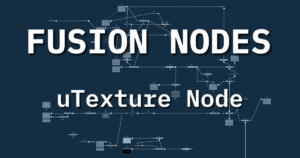
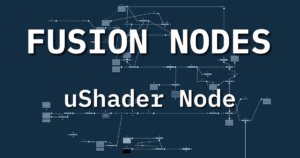
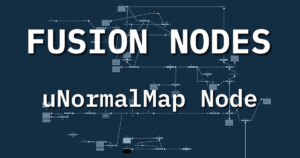

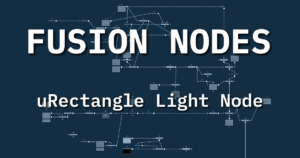

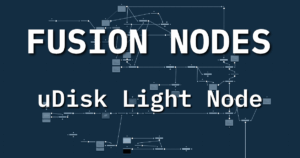
Start the discussion at postprolist.com